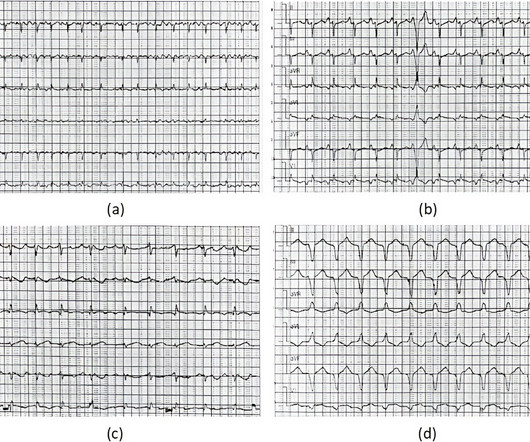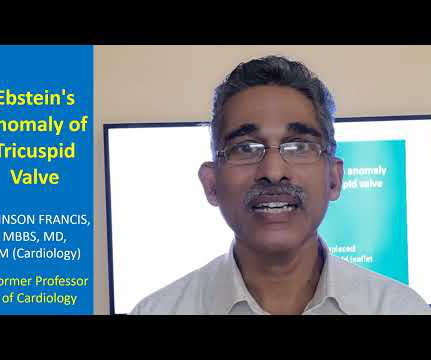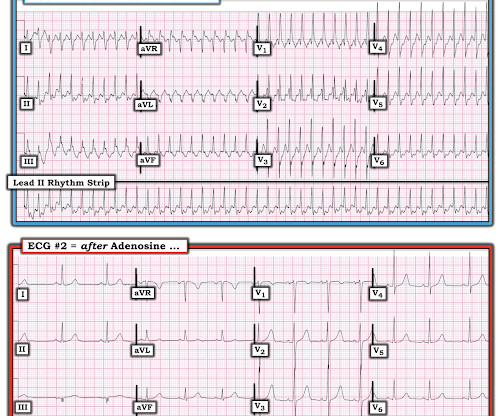Catheter ablation for atrial tachycardia in pediatric patients: a single-center experience
Frontiers in Cardiovascular Medicine
NOVEMBER 19, 2024
PurposeAtrial tachycardia is an uncommon supraventricular tachycardia in children. It is often drug-resistant and likely to occur concomitantly with tachycardia-induced cardiomyopathy, making radiofrequency catheter ablation the preferred treatment. A total of 78.6% No postoperative complications occurred in any patient.











Let's personalize your content